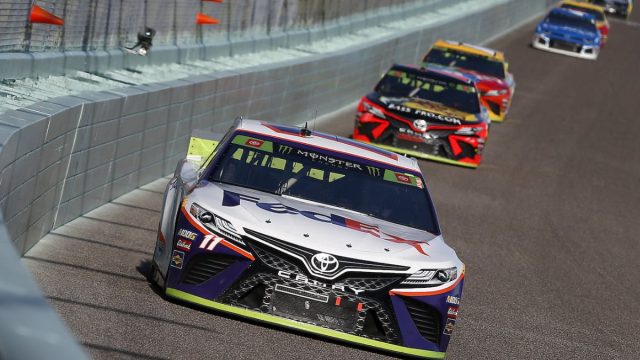NASCAR Charter Secrets Revealed: As the NASCAR landscape evolves, the intricacies of the Charter system have long been shrouded in mystery. However, recent revelations are shedding light on the elusive costs and pivotal details that govern this exclusive club within the racing world.
Understanding the implications of these disclosures could potentially reshape the way we perceive the sport and the business behind it. The curtain has been pulled back, revealing a complex web of financial considerations and strategic maneuvers that could have far-reaching consequences.
What lies beneath the surface of these NASCAR Charter secrets could redefine the very essence of the sport.
Introduction and NASCAR’s Popularity
NASCAR has solidified its position as one of the premier motorsports in the United States, marked by a dynamic race schedule, global expansion initiatives, and a lucrative billion-dollar media rights agreement. The sport’s popularity has soared, attracting a dedicated fan base and lucrative sponsorships. The NASCAR Cup Series, with its iconic races like the Daytona 500 and the Coca-Cola 600, continues to captivate audiences with thrilling competition and high-speed action.
NASCAR’s international appeal has grown significantly, with races held in countries such as Canada, Mexico, and Japan. This global expansion not only broadens the sport’s reach but also introduces new fans to the excitement of NASCAR racing. The billion-dollar media rights agreement further solidifies NASCAR’s position in the sports industry, ensuring extensive coverage and exposure across various platforms.
As NASCAR continues to evolve and adapt to the changing landscape of motorsports, its popularity and influence show no signs of waning. The sport’s ability to attract fans from around the world underscores its enduring appeal and solidifies its status as a powerhouse in the racing world.

Understanding the Charter System
The implementation of the Charter system in NASCAR has fundamentally reshaped the landscape of team ownership and competition within the sport.
- The Charter system, introduced in 2016, provides protection for team investments and additional incentives.
- One of the key benefits of holding a Charter is the guarantee of a starting position, offering stability for teams.
- Exclusivity is a crucial aspect of the Charter system, as chartered teams are restricted from participating in other racing leagues.
- Charters were initially allocated based on teams’ participation and regularity over the preceding three years, highlighting commitment to NASCAR.
- Currently, there are 36 charters in NASCAR, with each race typically featuring 40 cars, including 36 chartered teams and four non-chartered cars.
This system has brought about a new era in NASCAR, emphasizing stability and commitment while reshaping the dynamics of team ownership and participation in the sport.
Charter Values and the Renewal Debate
Amidst the escalating discussions surrounding Charter Values and the Renewal Debate in NASCAR, the financial implications and strategic maneuvers of team owners come to the forefront of the sport’s future trajectory.
Initially distributed for free, NASCAR charters have significantly appreciated in value, with transactions like Spire Motorsports’ acquisition of a charter from Live Fast Motorsports for a record $40 million exemplifying this trend. The renewal or extension of charter agreements has become a pivotal point of contention within the NASCAR community, leading to team owners boycotting meetings arranged by NASCAR to address the matter.
The crux of the issue lies in the financial considerations tied to these charters. The debate surrounding their renewal underscores the delicate balance between team profitability and sustainability. Despite the potential challenges posed by the renewal process, NASCAR’s escalating revenue stream could potentially alleviate some of the pressures, offering a glimmer of hope for teams even if charter agreements are not renewed.
As the sport navigates these intricate financial waters, the decisions made regarding charter values and renewals will undoubtedly shape the future landscape of NASCAR.

